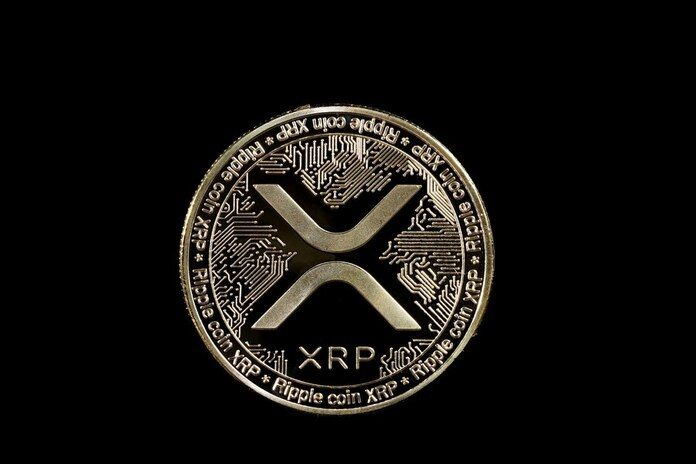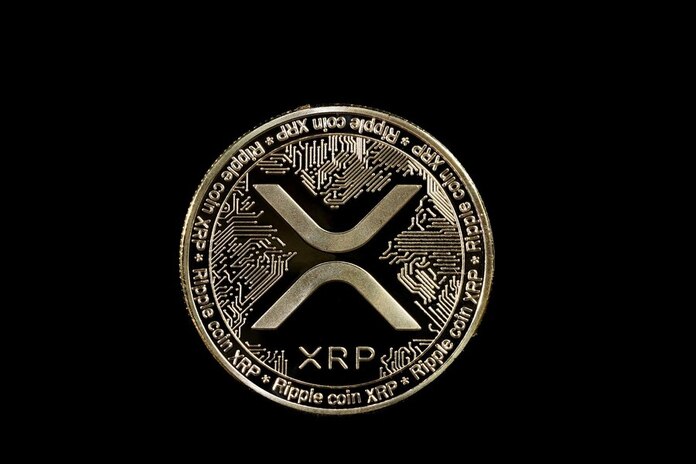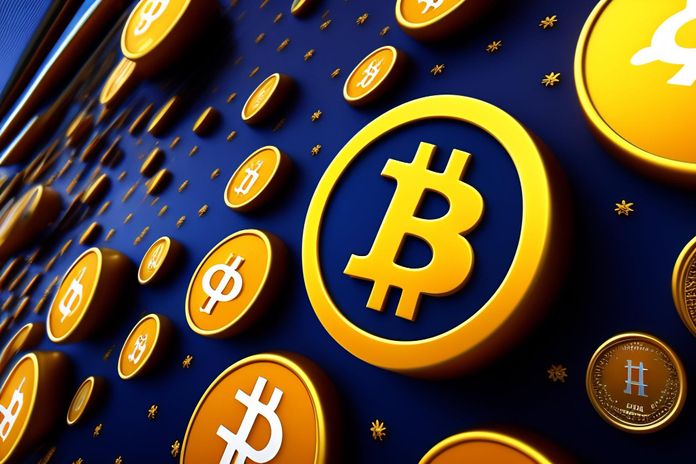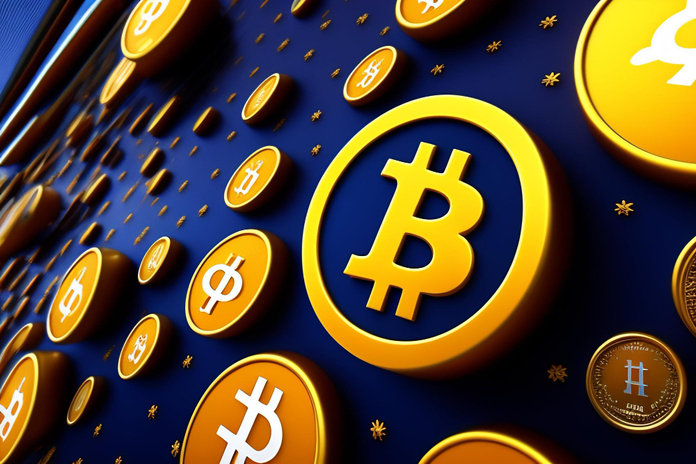Ethereum Price Prediction: ETH Set to Rally
This post was originally published on this site

The latest Ethereum price prediction models indicate ETH could be on track for new all-time highs. Institutional money continues to pour into Ethereum (CRYPTO:ETH), thanks to its proven role as the leading smart contract network. Large firms see value in ETH’s security and scalability improvements, even if transaction costs remain high for everyday users.
The December Fusaka upgrade and recent hard fork completions have only strengthened Ethereum’s institutional appeal. Big players moving millions don’t mind $50 gas fees, but for regular retail investors, these costs make Ethereum less accessible. As ETH prepares for a possible breakout, retail participation remains muted compared to earlier bull cycles.
Why Retail Investors Struggle With ETH Adoption
Ethereum has become like a fine-dining restaurant in Manhattan—elite, respected, and priced beyond reach for most. Institutional players thrive in this environment, but retail investors often get stuck navigating high fees, complex DeFi protocols, and the intimidating requirements of staking.
For example, running your own ETH validator requires 32 ETH—over $100,000 at current prices—or placing trust in liquid staking providers that come with smart contract risks. This complexity leaves many investors unable to benefit directly from Ethereum’s growth, despite bullish Ethereum price prediction models.
How Layer Brett Simplifies Ethereum’s Scaling Vision
Layer 2 solutions aim to fix these challenges by providing faster, cheaper transactions that connect back to Ethereum. Think of them as express lanes on a busy highway. While most Layer 2 platforms still require bridging tokens and navigating confusing interfaces, Layer Brett is changing the game.
Layer Brett strips away the jargon and delivers a straightforward user experience. Instead of bridging and multiple steps, users can simply buy $LBRETT tokens like any other crypto asset. This makes Ethereum’s scaling benefits accessible to newcomers who would otherwise feel shut out of the DeFi ecosystem.
Staking Made Simple: 650% APY With Layer Brett
Traditional Ethereum staking is complicated and costly, but Layer Brett introduces a simple alternative. By holding $LBRETT tokens, users can earn staking rewards exceeding 650% APY. No need to lock up massive amounts of ETH or worry about validator management.
This simplified process mirrors a savings account, where balances grow automatically, but with returns that are exponentially higher. Behind the scenes, Layer Brett’s Layer 2 infrastructure handles the technical complexity. This makes it possible for anyone—from seasoned traders to first-time crypto buyers—to participate in staking without advanced knowledge.
100x Potential: Why Simplicity Wins Over Complexity
The most successful crypto projects often combine utility with simplicity. Ethereum’s ecosystem is powerful but dense with technical barriers. In contrast, Layer Brett solves a real problem—how to make Ethereum’s benefits usable for ordinary investors—through elegant simplicity.
Complex Ethereum DeFi strategies involve yield farming, liquidity pools, impermanent loss, and gas optimization. These concepts are daunting for beginners. Layer Brett eliminates those hurdles and provides a direct path to rewards. The project’s presale has already raised $3.9 million, signaling strong demand for a practical solution in the Layer 2 space.
Conclusion: ETH’s Growth, Brett’s Opportunity
Institutional adoption continues to fuel a bullish Ethereum price prediction, pushing ETH toward new highs. However, Layer Brett offers something Ethereum alone cannot—accessibility and simplicity for everyday investors.
By combining Ethereum’s proven infrastructure with user-friendly staking and massive reward potential, Layer Brett positions itself as a 100x opportunity during this altcoin cycle. For investors seeking exposure to ETH’s growth without the barriers, $LBRETT may be the more rewarding path forward.
As the crypto market evolves, simplicity, accessibility, and strong incentives will likely decide the biggest winners, making Layer Brett an exciting contender for mainstream adoption and explosive growth.
Featured Image: Freepik












